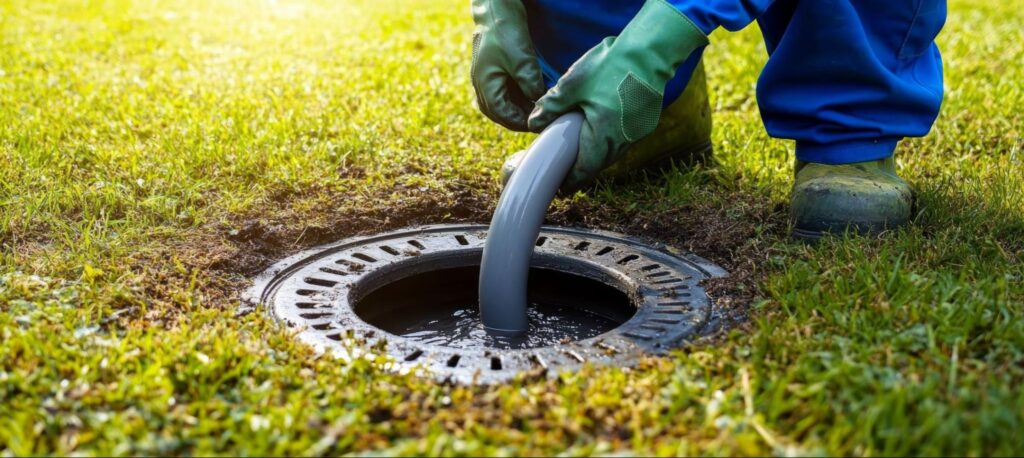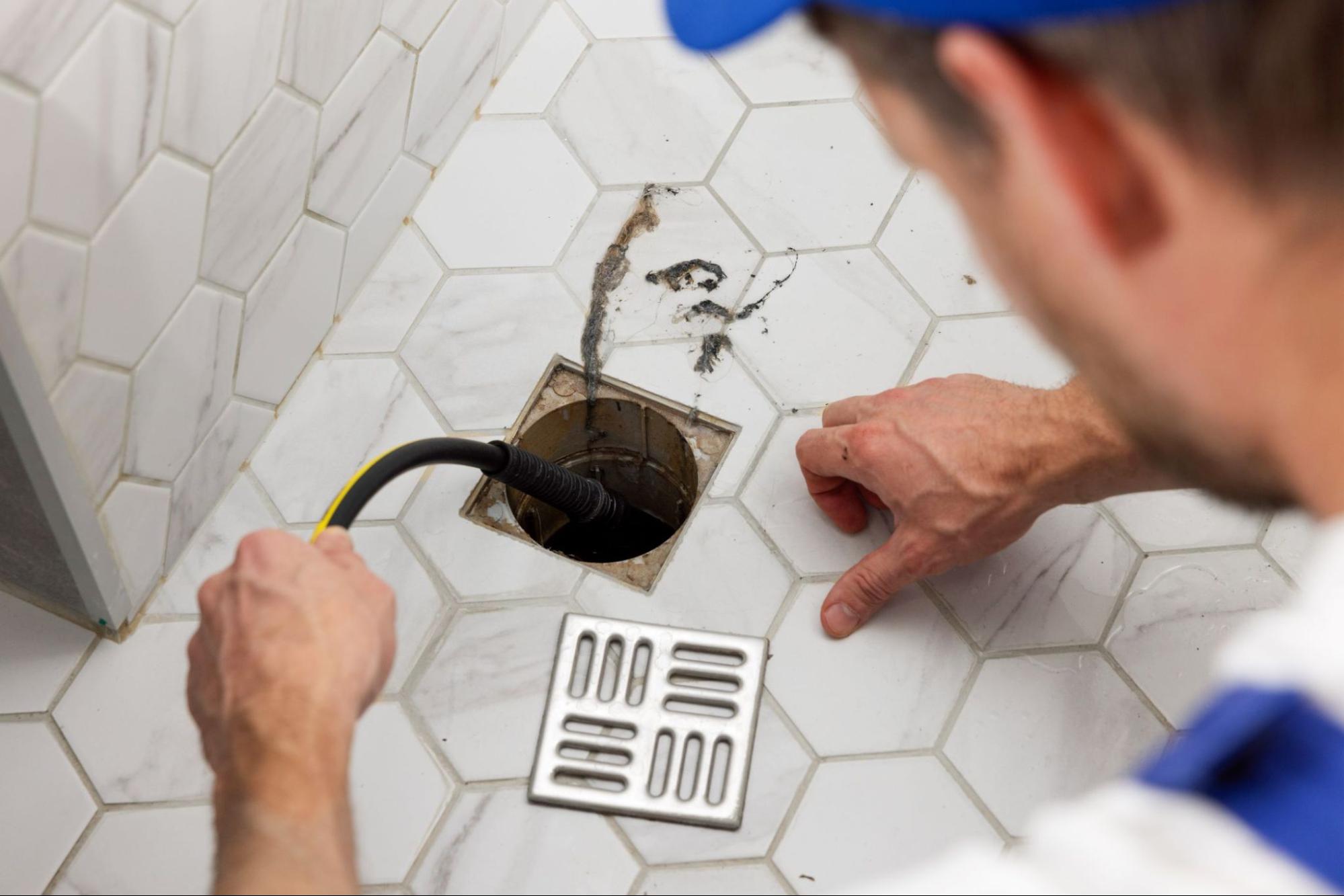
Owning an older home has its fair share of unique benefits and challenges. One issue that often goes unnoticed until it becomes a problem is the condition of your sewer system.
As homes age, so do their plumbing systems, including the sewer lines. Over time, these pipes can become worn out, clogged, or even damaged, leading to potential hazards like leaks, water backups, or costly repairs. If you’re living in or considering purchasing an older home, understanding the special challenges of sewer repairs can save you time, money, and frustration.
In this article, we’ll explore the common challenges homeowners face when dealing with sewer repairs and provide practical solutions. Read on for the details!
Obsolete or Inadequate Sewer Design
Older homes were often designed with sewer systems that may not meet current standards. For example, outdated systems may not be equipped to handle modern water usage or increased fixtures. This can lead to overflows, sewage backups, or inefficient drainage.
Upgrading your home’s sewer system can help address these issues. A professional plumber can assess your system’s current capacity and recommend improvements. Replacing outdated pipes, adding additional drains, or upgrading to a larger sewer line will ensure that your system can handle your home’s modern water usage and prevent potential problems in the future.
When choosing a plumber, look for a local expert with experience in sewer line repair. For instance, do your due diligence to find the best sewer repair Huntington Beach has to offer if you reside in the area. Local plumbers understand the specific challenges. They can help you choose the most effective and cost-efficient solutions tailored to your region’s needs.
Weakening Pipes
Older homes often have sewer lines made from materials that are no longer ideal for today’s needs. Materials like cast iron, clay, and lead can deteriorate over time. Due to regular use, these pipes weaken, corrode, or crack, leading to serious issues.
For example, cast iron pipes are prone to corrosion, which causes rust and debris buildup, blocking waste and water flow. Similarly, clay pipes can crack or shift, particularly in areas with soil movement or tree roots, which can damage them.
The best solution to these issues is replacing old pipes with more durable materials, such as PVC (polyvinyl chloride) or ABS (acrylonitrile butadiene styrene). These materials are affordable, long-lasting, and resistant to damage. Sometimes, trenchless pipe replacement offers a cost-effective and less disruptive alternative.
The durability of PVC piping also depends on the grade of material used. Different PVC resins like those from Ronald Mark are formulated for specific applications, which can affect longevity and performance in residential sewer systems.
Tree Roof Infiltration
Tree root intrusion is a common problem in older homes. As trees grow, their roots naturally seek moisture, which leads them to your sewer pipes. This is especially problematic in homes with clay pipes, as they’re more vulnerable to root intrusion than other materials.
Roots can enter pipes through small cracks, causing blockages that slow drains. As the roots grow, they can further damage the pipes, leading to leaks or complete breaks. This results in serious issues like sewer backups affecting your home’s environment.
To tackle tree root problems, a plumber can use specialized tools such as a drain snake or hydro-jetting equipment to clear the roots and restore proper flow. However, if the issue persists, sewer line replacement on the affected pipe sections might be necessary.
Cost and Disruption
Sewer repairs can become expensive, especially in older homes with widespread or severe issues. Replacing pipes, clearing blockages, or fixing collapsed systems can quickly result in high costs.

Repairing sewer lines can be particularly costly if large pipe sections need replacing or your sewer system requires reconfiguration. Additionally, traditional repair methods often involve digging up large areas of your yard, which can be disruptive and expensive.
To minimize costs, consider trenchless pipe repair. This method involves minimal digging, which reduces labor costs and overall disruption. While trenchless maintenance may not be suitable for all situations, it can be affordable for minor repairs or localized issues.
Pipe Damage and Misalignment
Over time, the soil surrounding your home can shift due to factors like moisture changes, freezing and thawing cycles, or nearby construction. This can lead to sewer pipes misaligning, cracking, or even collapsing.
Misaligned or collapsed pipes can cause blockages, leaks, and sewer backups. The damage may not always be apparent, making it challenging to detect until serious issues arise, such as water damage or slow drainage.
A thorough inspection is key to addressing shifting soil and potential pipe damage. Modern techniques, like video camera inspection, allow plumbers to check for misalignments or cracks within the pipes.
If soil movement is the issue, replacing or relining the pipes may be necessary. In some cases, trenchless solution offers a way to repair or replace pipes without the need for extensive digging, saving both time and money.
Corrosion and Buildup
Over time, mineral buildup or rust can cause corrosion in your pipes, reducing their diameter and leading to partial blockages or slow drainage. This sewer issue is common in homes with older metal pipes, such as cast iron or steel plumbing systems.
Corrosion can cause clogged pipes, resulting in wastewater backing into your home and creating unsanitary conditions. If not addressed, the buildup can lead to leaks, which may cause water damage and lead to costly repairs.
Regular maintenance is essential to prevent corrosion and blocked drains. Scheduling routine cleanings, like drain snaking or hydro-jetting, can help remove debris and avoid blockages.
In more severe cases, replacing corroded pipes with newer, more durable materials may be necessary. For localized sewer issues, pipe relining with epoxy resin can create a protective layer inside the pipes, sealing off corrosion and extending your system’s life.
Conclusion
The unique character of an older home comes with the responsibility of maintaining its aging infrastructure.
When it comes to your sewer system, understanding the common pitfalls is the first step toward effective solutions. Whether it’s replacing outdated pipes, clearing stubborn roots, or addressing corrosion, taking timely action will save you headaches.












